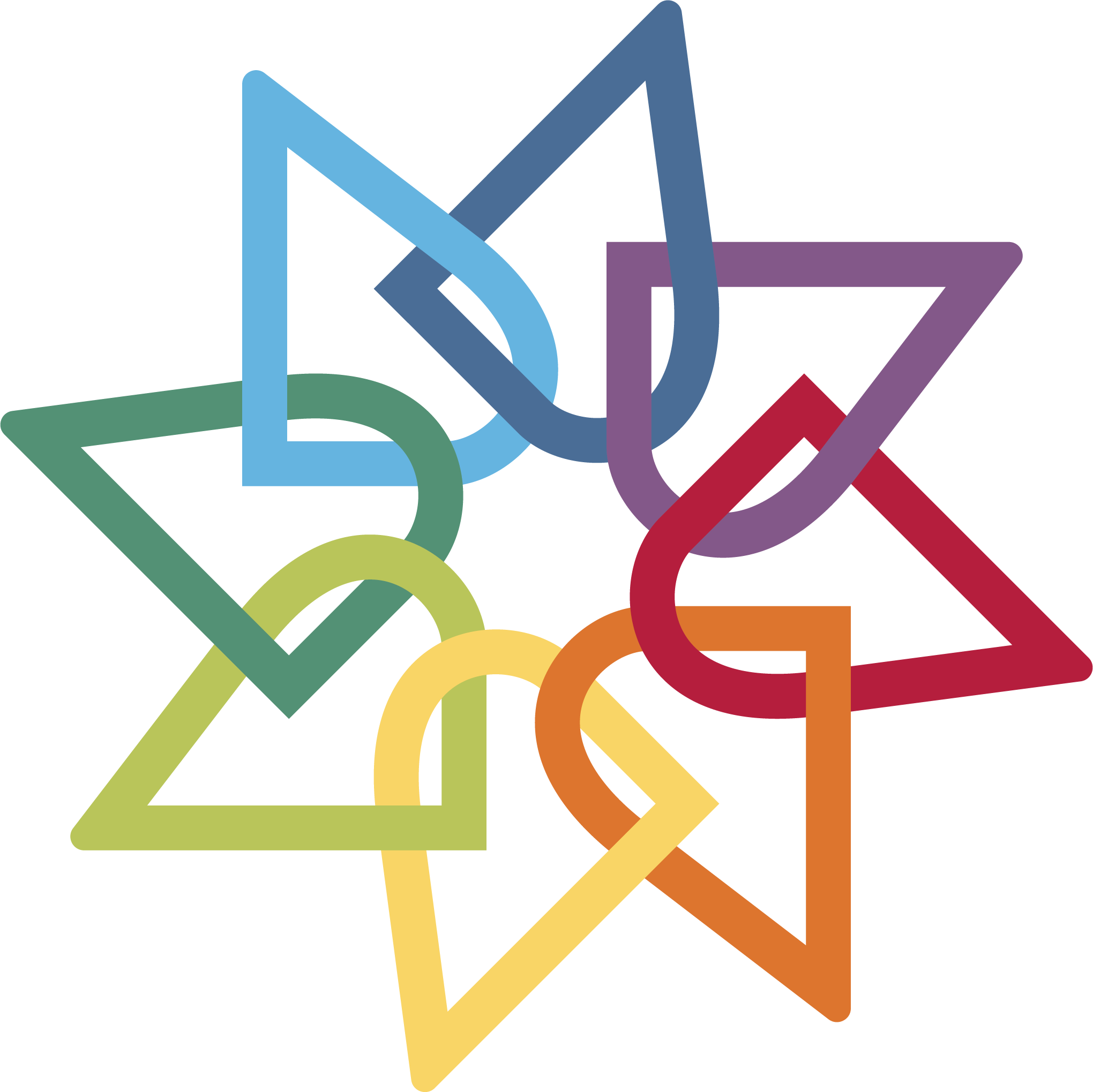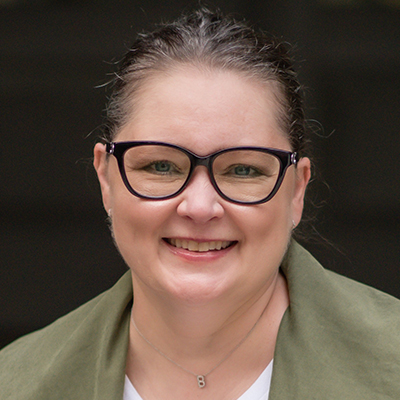Everything “Old” is “New” Again

During the last two decades, education has been characterized by the rapid, often heuristic integration of emerging technologies into traditional classrooms. The transition began in the early 2000s as desktops evolved into laptops and flip phones gave way to smartphones. In the classroom, blackboards were replaced with interactive smartboards, and the integration of AI modalities became ubiquitous with advancing best teaching practices. The narrative among educational stakeholders has been clear: more technology, even if not properly vetted or long-term implications considered, equates to more learner progress. However, recently, a quiet counternarrative has begun to emerge. Educators, learners, and even parents are questioning and reevaluating whether technology-rich classrooms have met expectations. What if, amid the enthusiasm for innovation and integration of the latest technologies, educators have lost sight of the human connection to how learning actually occurs?
Many educators are now questioning the real value of technology-saturated classrooms and have begun a process of detransitioning from technology. While they are not rejecting technological progress, they suggest a recalibration —a rethinking of which technologies are integrated and how they are used. It’s an intentional movement toward purposeful balance, where yesterday’s “old” ways of teaching are being rediscovered today as the timeless foundations of deeper human mean-making for long-term learning.
Digital Classroom Excess
The dramatic shift to digitally saturated educational spaces was accelerated by the COVID-19 pandemic. Virtual classrooms and remote learning became the new normal, and even after schools reopened, many school districts retained some form of hybrid learning, while others continued remote learning as late as two to three years after reopening. Some parents even opted to switch their children’s enrollment from traditional brick-and-mortar schools to virtual learning academies. Many school districts also offered virtual charter schools as an option to returning to the face-to-face classroom. Even after students returned to school, the technology habits they had become accustomed to during remote learning followed them back through the classroom doors. The conventions of turning in papers, carrying textbooks, and taking notes were replaced with submitting assignments to the cloud, accessing textbooks on smartphones, and taking notes on laptops or tablets.
While emerging technologies provided short-term, novel solutions for teachers who lacked the technical acuity to fully transition to online classrooms, digital fatigue set in as students returned to the classroom. Teachers noticed that students were distracted by apps, social media, texting, and web browsing, rather than focusing on the living classroom. Discussions began to lack depth, with students increasingly disengaged. It was almost as if “real learning” had vanished.
Rediscovering the “Old School” Advantage
In response to these technology-driven disconnects, educators are reintroducing what many consider to be the old style of learning. iPads are being replaced with paper journals, sketchbooks are replacing graphic art software, and pencils are replacing keyboards. Printed copies of textbooks, novels, and magazines are making a comeback in classrooms. Teachers are moving discussions back into the live classroom to help build understanding through interaction, rather than relying on digital abstractions. Students are returning to libraries, and for some, it is the first time using a resource other than Google to find and vet information. Dialogic engagement is making a comeback as students learn the art of collaborative interactions with patience. Several states have enacted partial or full restrictions on smartphone use during the school day to counterbalance screen time with interpersonal interactions.
Intentional Technology – Removing the Excess
It is important to note that the transition away from digitally saturated classrooms is not a call to remove all technology from teaching and learning spaces. The intent is not regression, but rather intentional planning when implementing technology into instruction. Digital tools will remain powerful allies for the classroom teacher, but only when used with a clear purpose. Here, the difference lies in intentionality.
Balance returns only when teachers approach technology as a means of learning rather than an end. Technology should be a companion to the teacher, not a substitute, for authentic, deeper learning to occur. The most effective classrooms of the future may be those that borrow equally from the past while looking to the future. These hybrid classrooms, which blend old and new, will be where students transition between devices and notebooks, where coding and cursive coexist, and where innovation serves as the conduit for deeper human connections.
The Pedagogy of Human Presence – Old School Techniques Meet a New Vision
The movement to detransition from technology-saturated classrooms is really about human presence. At its core, teachers are returning to seeing students not as abstract learners but as thinkers, creators, and individuals who thrive on interpersonal connections. Teachers are rediscovering that authenticity cannot be downloaded on an app and that deeper learning is a natural, relational process. In this renewal, the classroom becomes not just a place of information exchange, but a living ecology of meaning. When old-school methods and techniques feel new again, it is less a feeling of nostalgia and more of a systemic recovery. It is a return to balance and to what makes learning a deeply human experience. The “detransitioned” classroom is not completely devoid of technology; rather, the modern classroom becomes more enriched by restraint. The modern learner then places more value on reflection over reaction, curiosity over consumption, and craftsmanship over convenience. Thus, by integrating technology with intention, educators are not taking a step backward but rather looking forward with a renewed focus. Ultimately, the future of learning will depend less on the amount or types of technologies used in classrooms, but more on how they are used prudently and humanely.

Rebecca Blankenship
Rebecca J. Blankenship is an award-winning educator and researcher with over 25 years of teaching experience. Her current research examines the ecologies of meanings as a systems-based, hermeneutic approach to ethics in AI and gen-AI teaching and learning modalities. She is currently an Associate Professor in the College of Education at Florida Agricultural and Mechanical University.
